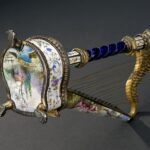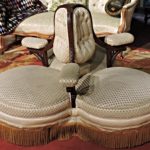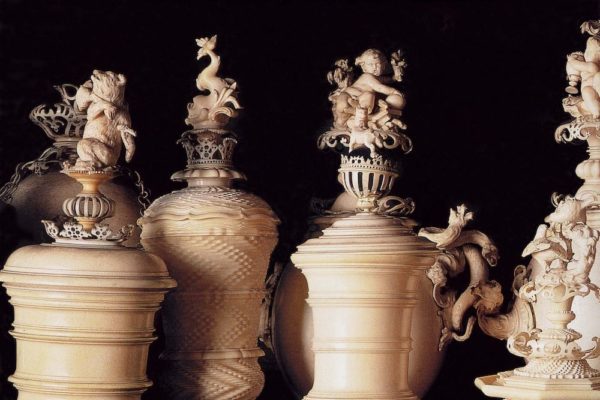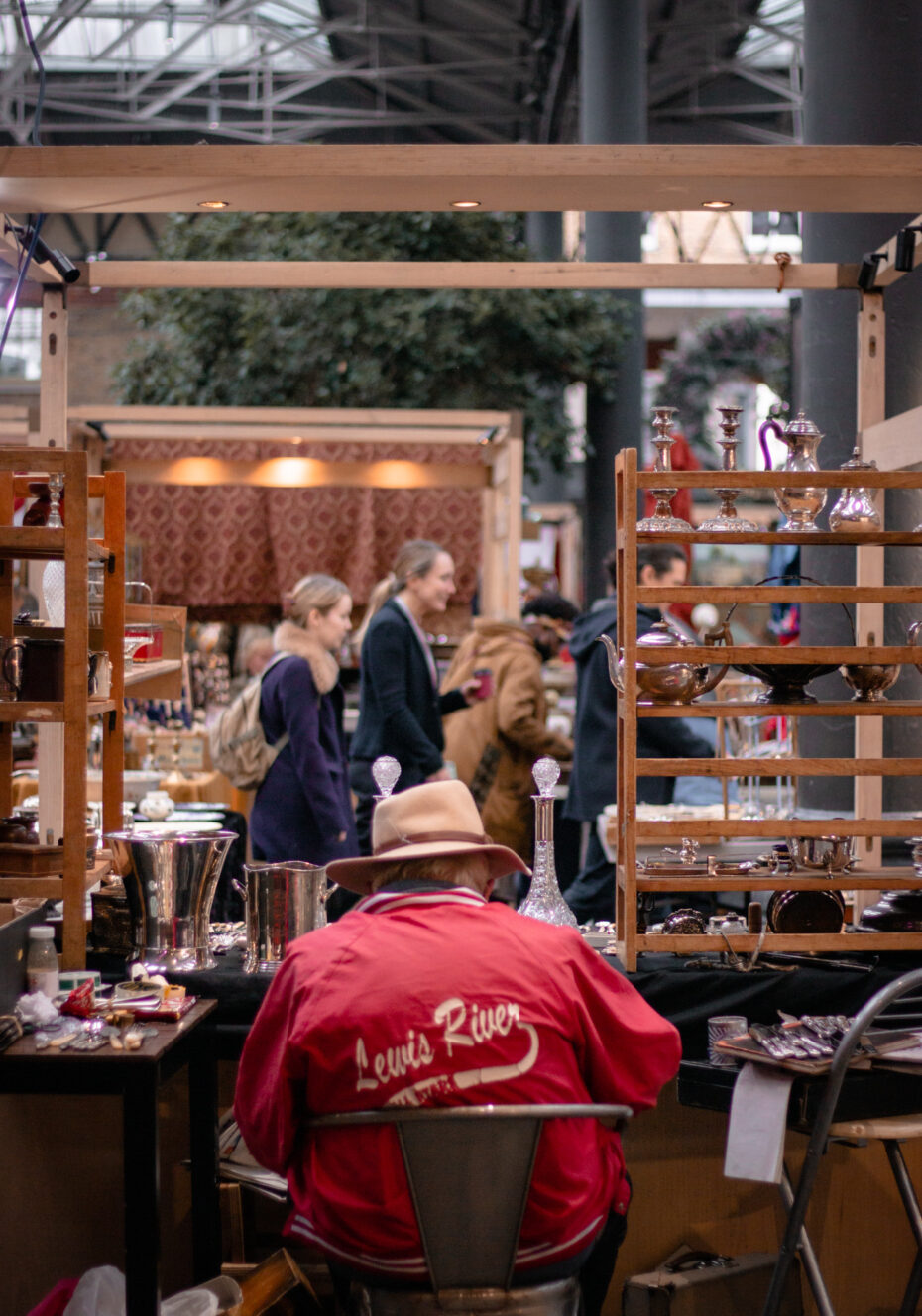
Every Thursday, Spitalfields antique market in London spans a historic covered marketplace that transforms itself into a maze of stalls bearing jewellery, clothing, housewares, and more. At the jewellery stalls, a shrewd buyer can find gold, silver, gemstones, and more. And, if they are lucky, and know what they’re looking for, they can find something more mysterious, a metal that shines like gold, is strong enough to make a sword hilt out of, and whose secret formula, thanks to one man, hasn’t been seen in nearly two hundred years. I was fortunate enough, browsing through the stalls, to see the telltale glimmer of a brooch, and to hold a piece in my hands–this was a metal no modern jewelers would ever carry. This was pinchbeck.
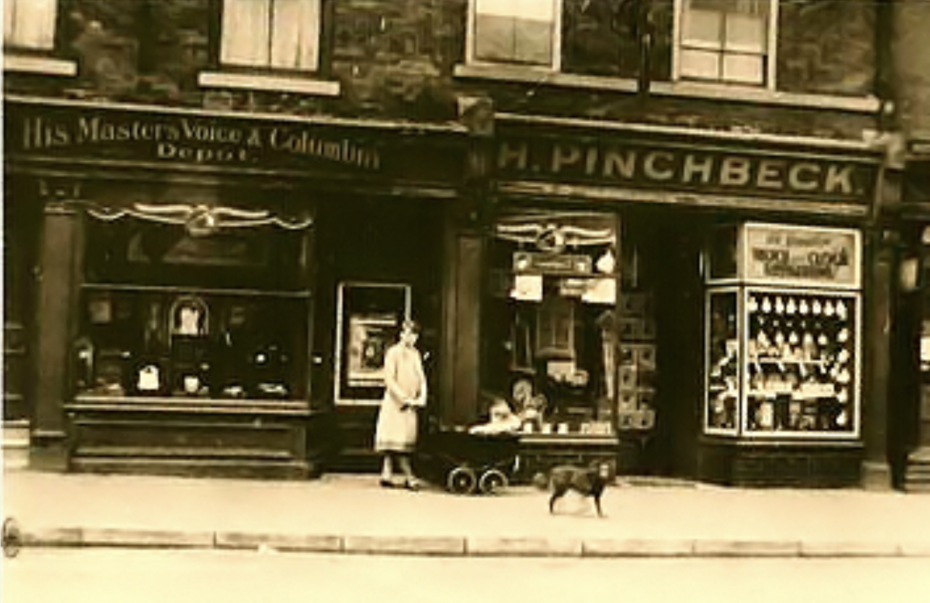
But let’s start at the beginning. While today, those who are looking for gold-looking jewellery at less-than-solid-gold prices will generally look for plated pieces, in the eighteenth century, things were a little different. While silver-gilt did exist, electroplating wouldn’t be invented until the beginning of the nineteenth century, making gold-plating expensive and challenging.
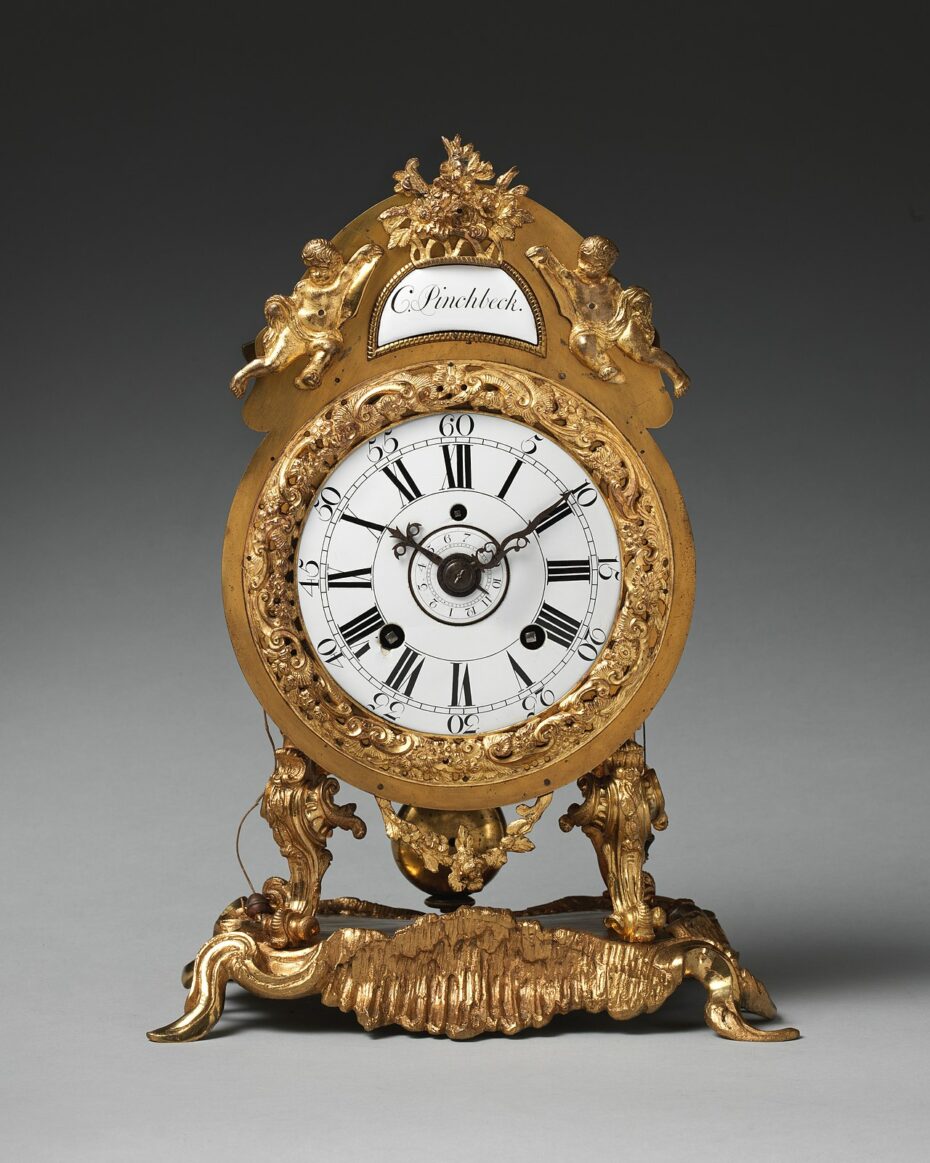
Enter an English family of clockmakers based in London – the Pinchbecks. In the early years of the eighteenth century, Christopher Pinchbeck devised a new alloy which, according to an advertisement his son Edward would take out in 1733, after taking over his father’s business, was devised “in so curious a manner as not to be distinguished by the nicest eye, from the real gold,” and was particularly useful for those traveling, who didn’t want to risk loss or damage to real gold pieces.
Pinchbeck was especially prized in England at the time, as only 18 carat gold could legally be bought and sold until the middle of the nineteenth century, making gold jewellery and other accessories inaccessible to only the very wealthy until low-carat gold, including 14 and 9 carat that’s seen in most modern gold jewellery, was legalized in the 1840s.
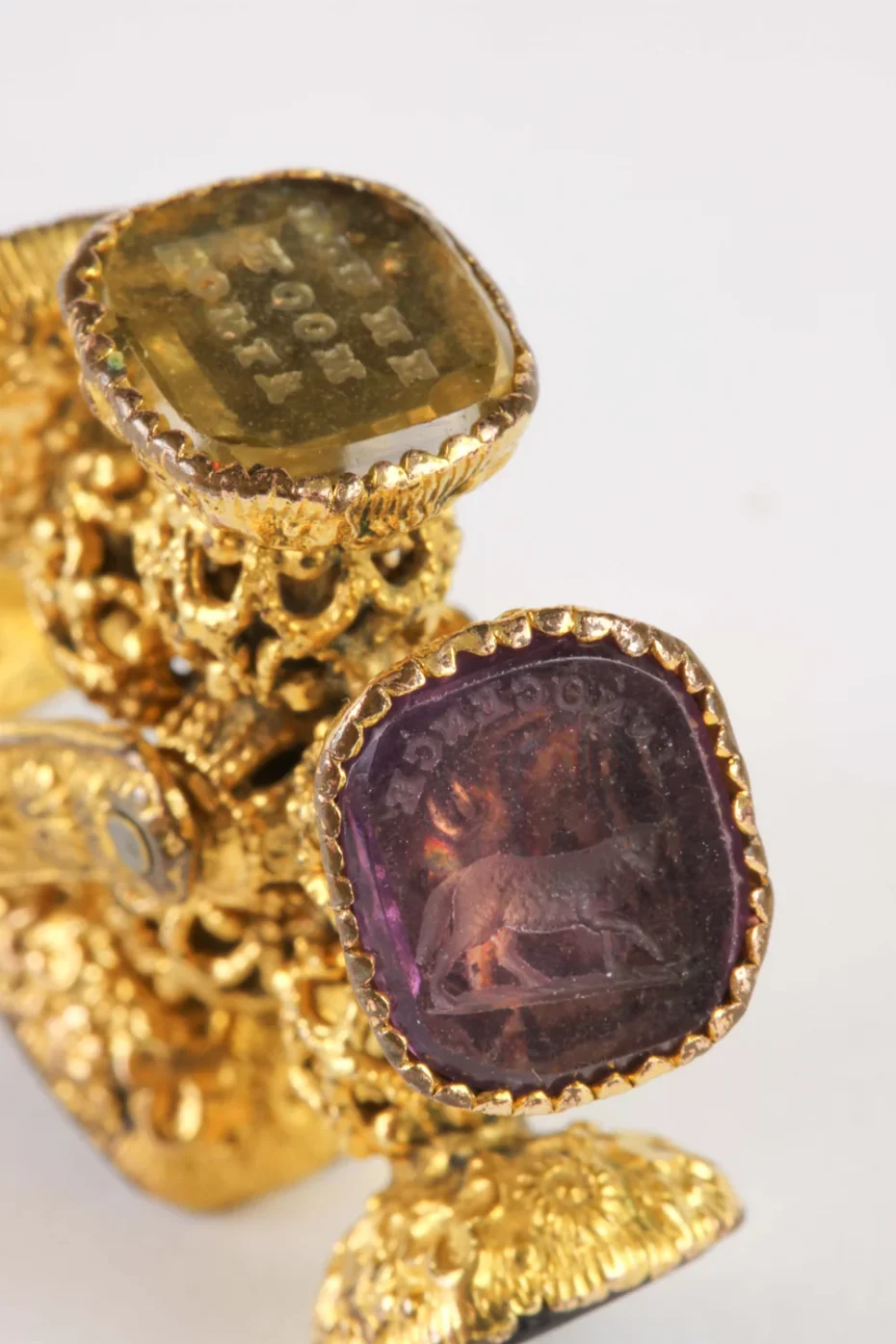
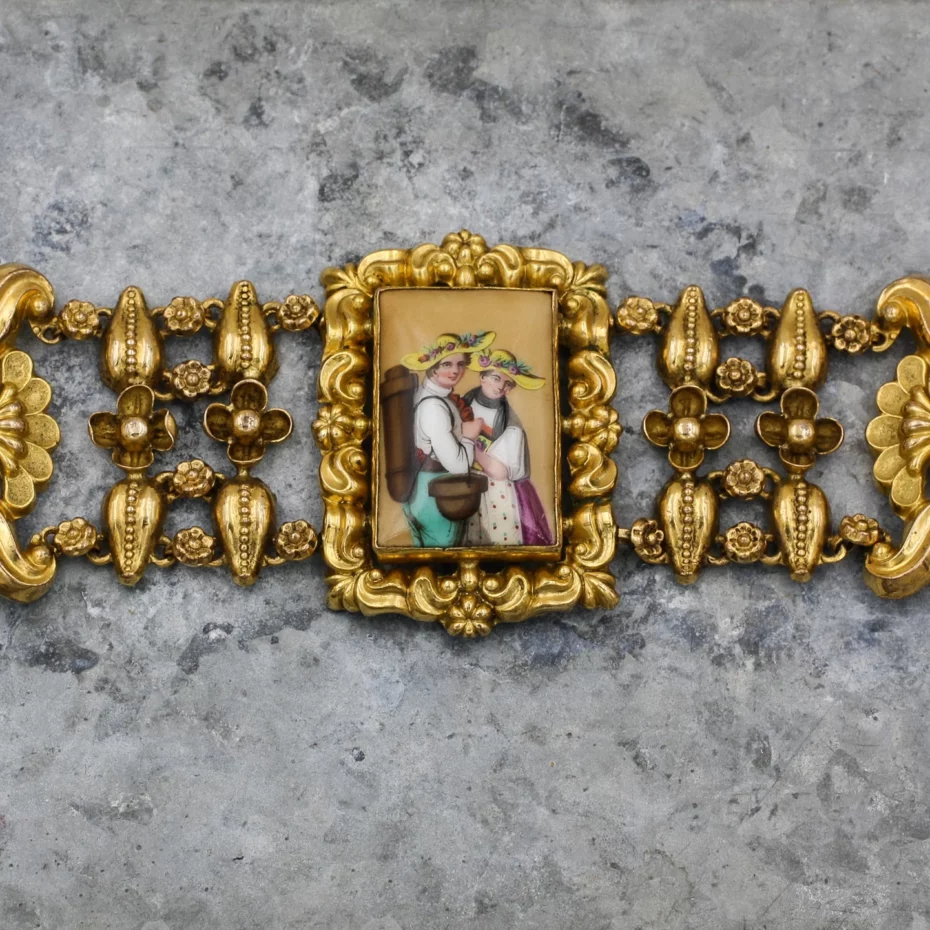
The Pinchbeck family was in some ways a victim of their own success. An alloy that could mimic gold so well was wildly popular – and profitable. Unfortunately, success bred imitation in the case of the Pinchbecks, while dishonest jewellers also tried passing pinchbeck off as gold.
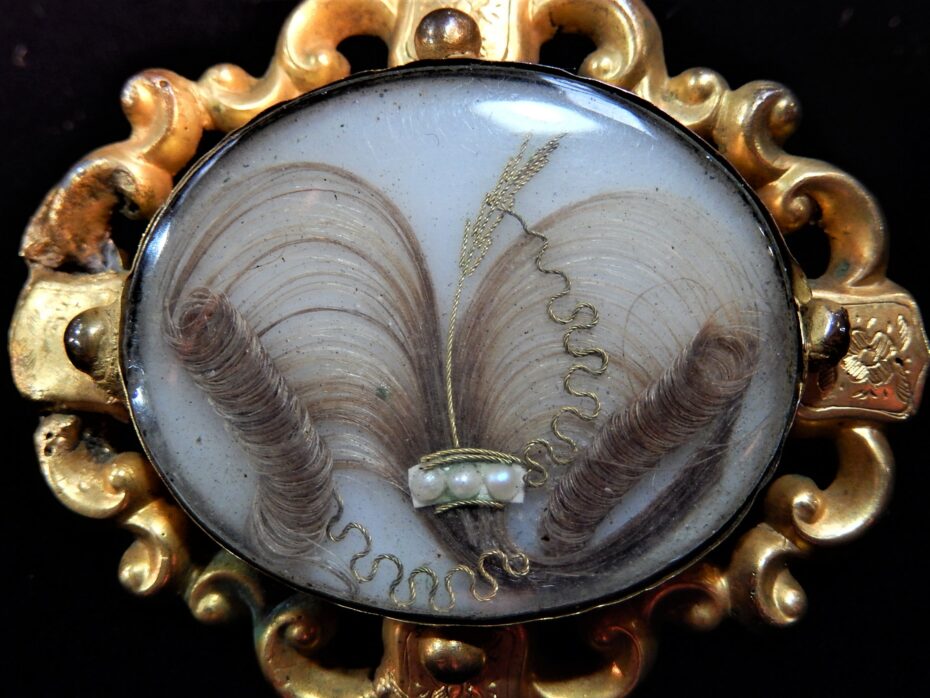
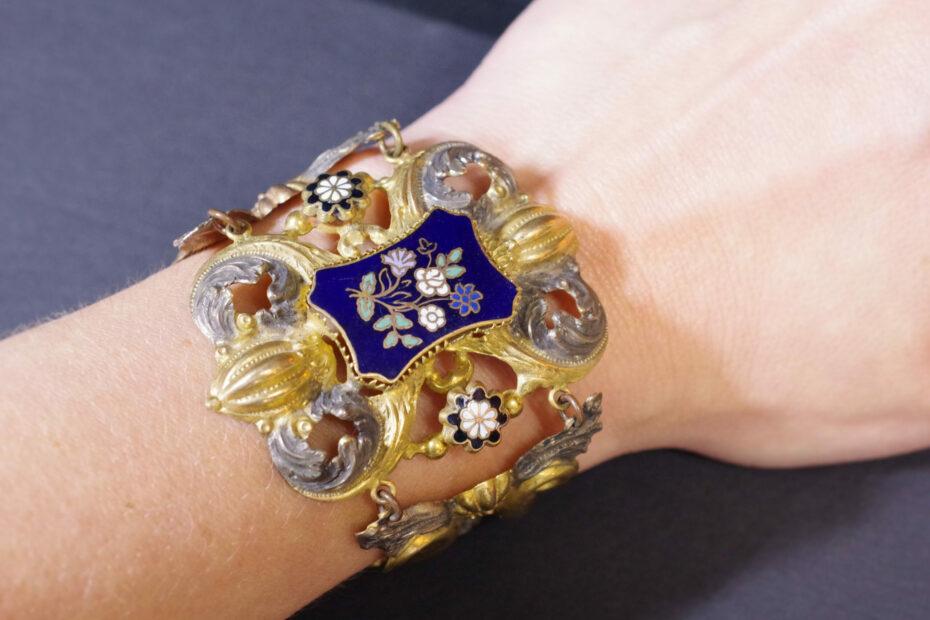
Forgeries of faux gold became more than a professional headache for the Pinchbeck family – they became a threat to their reputation, and to their name. As various forms of “pinchbeck” grew prevalent, the name took on a new meaning – pinchbeck wasn’t merely a metal alloy, but became slang for anything shoddy, inferior, and cheap. Even the respected writer Anthony Trollope would refer to the “pinchbeck days” of modernity as a place where items of quality were hard to come by. And as a respected family with a high-end business, the Pinchbecks couldn’t stand for this.
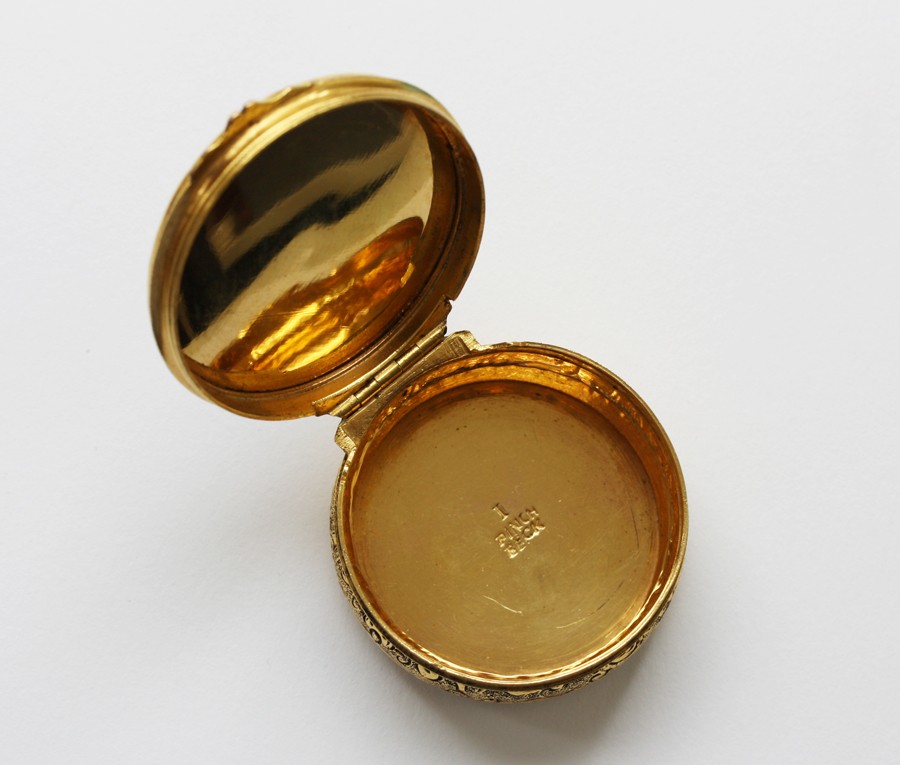
There were several steps they might have taken. They could have continued, as Edward did, to take out advertisements and campaigned for customers to “accept no substitutions.” They could have attempted to patent the alloy, the process for producing it, or the act of naming it after their family. They chose to do something different entirely.
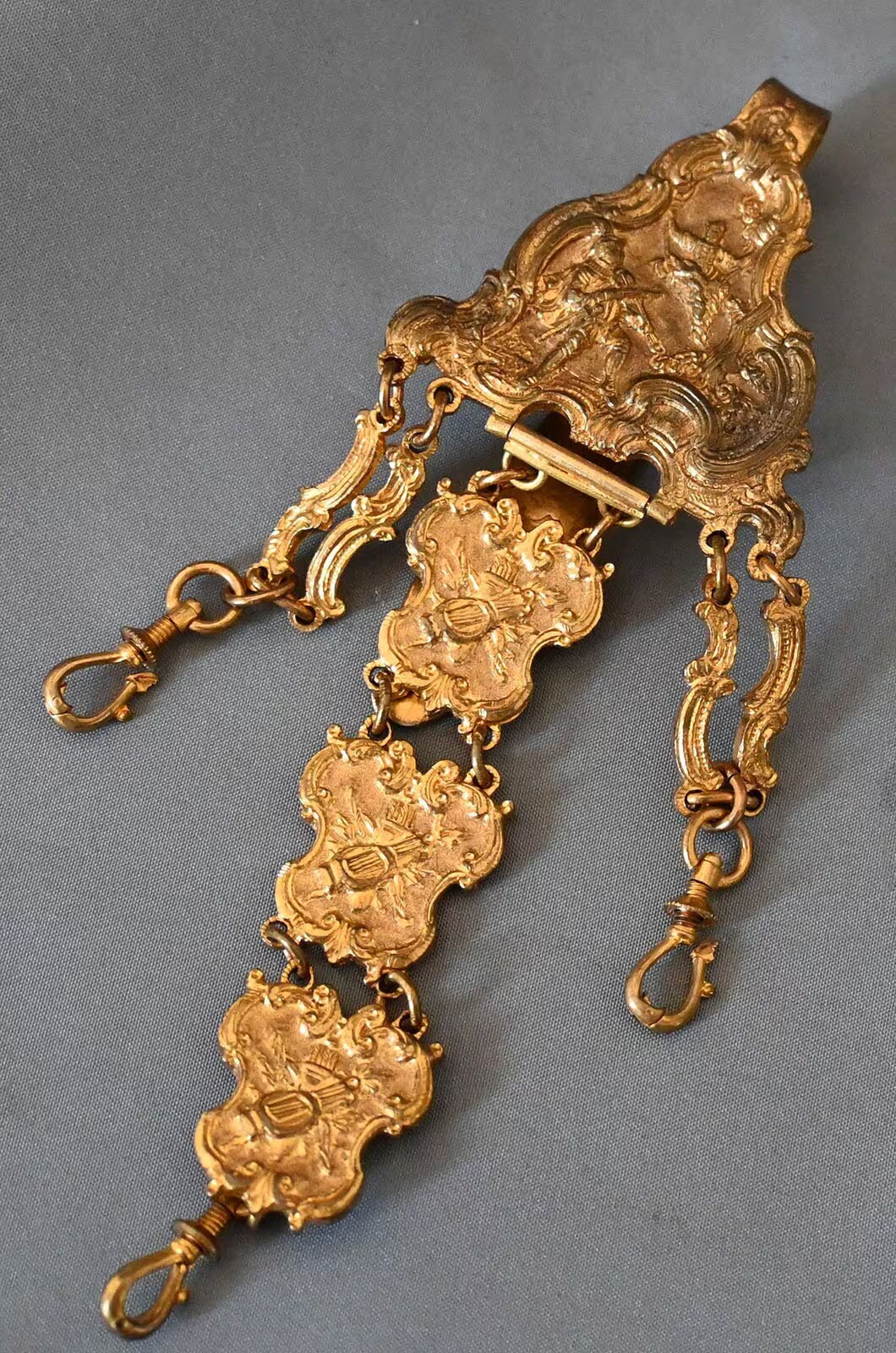
The precise formula or “true” pinchbeck, the “curious” alloy which could trick the eye, and which had been made into beautiful, ornate pieces quite different from the shoddily-made, so-called pinchbeck that would come later, had been developed by Christopher Pinchbeck, and handed, father to son, to Edward. The Pinchbeck family appears to have decided enough was enough when it came to their marvellous metal – and as one of Christopher’s other sons, Christopher Jr., was busy making astronomical clocks for George III, the family may have indeed had bigger concerns than struggling to defend their reputation when it came to making costume jewellery. As such, Edward Pinchbeck allowed the formula for pinchbeck alloy – the “true” form, which shone like gold and did not tarnish – to die with him. To this day, we don’t know exactly how those original Georgian pieces were made.

That doesn’t mean they’ve been forgotten, though. Today, pinchbeck is highly coveted by antique jewellery collectors. It has endured as a historical curiosity, and never fell victim, as so much old gold did, to the smelter. While plenty of “pinchbeck” can be found at markets and antique shops, the variety made by Christopher Pinchbeck and his family is hard to find – and, while not as valuable as solid gold, won’t come cheap.

And what of the Pinchbeck family? What became of them after ending their mysterious metalwork and returning to clockmaking? Well, in clockmaking they remained – to this day.
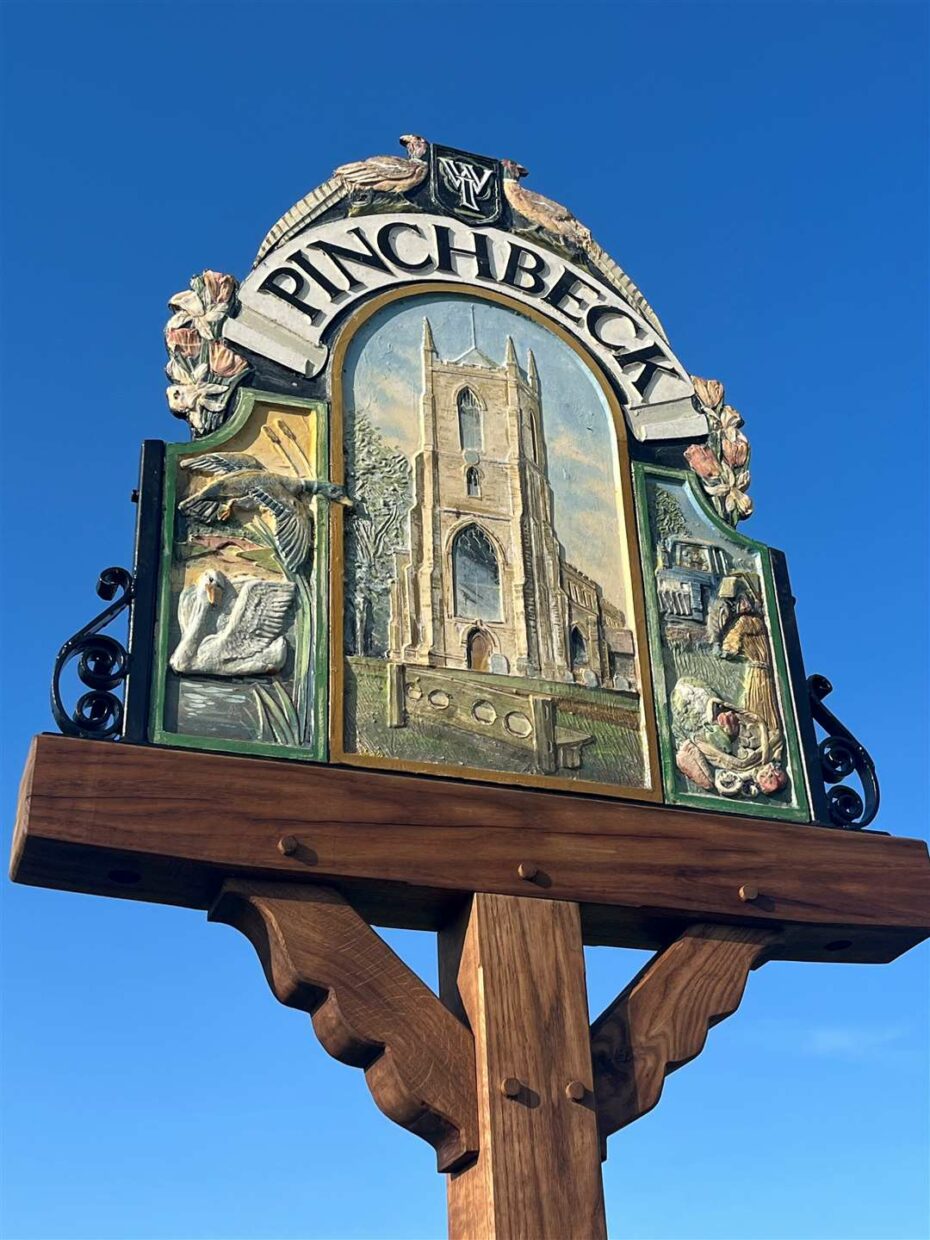
In the English county of Lincolnshire, you can find the village of Pinchbeck, and nearby the larger town of Lincoln, where there is a watchmaker’s shop. The shop is called Harold Pinchbeck, and it is still owned by the Pinchbeck family. They sell high-end watches, made chiefly of stainless steel, with sapphire glass fronts and automatic mechanical workings. But what you will not find, not even here of all places, is a watch made with pinchbeck – that which is not gold, but which nevertheless glitters.



